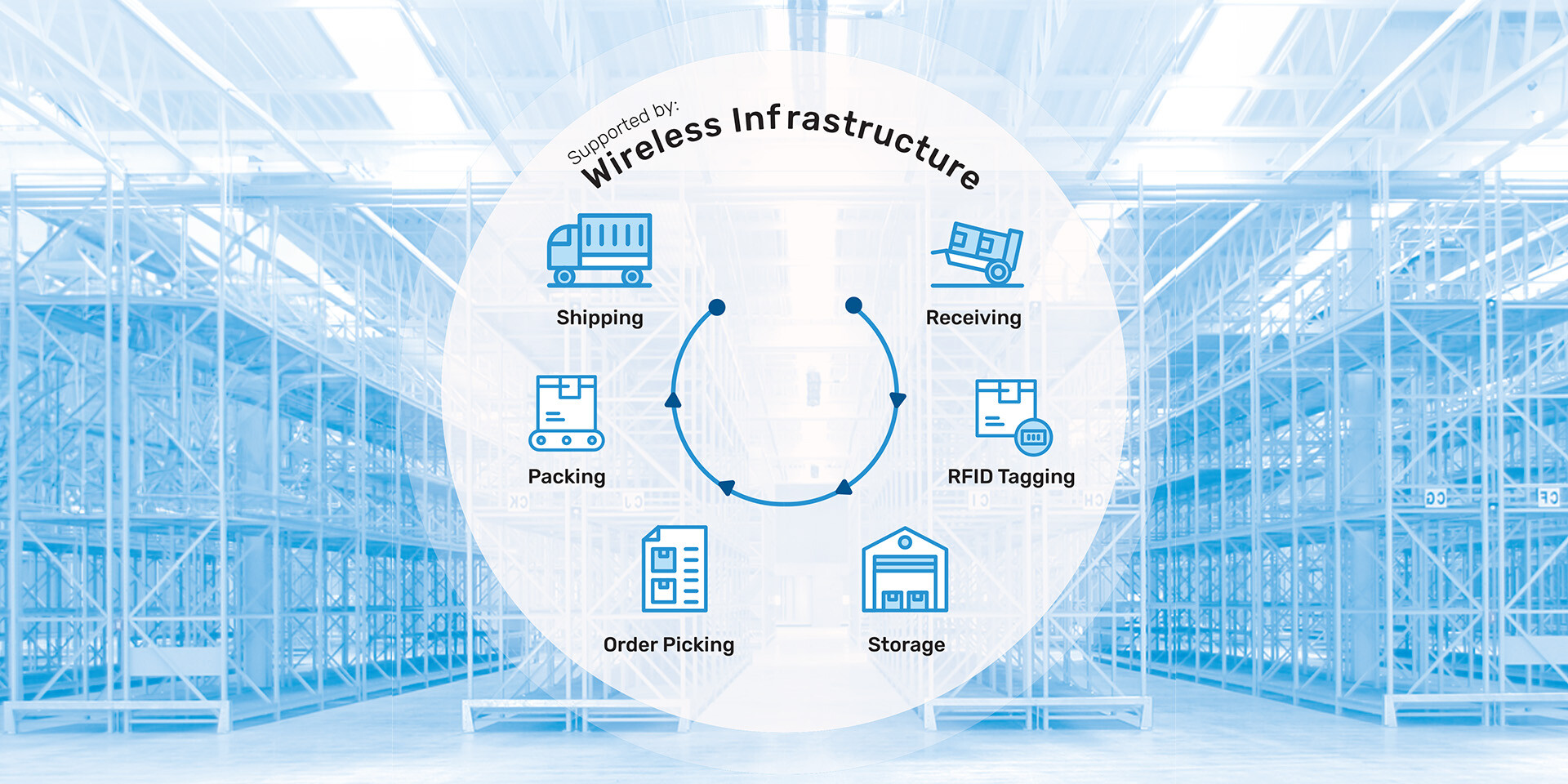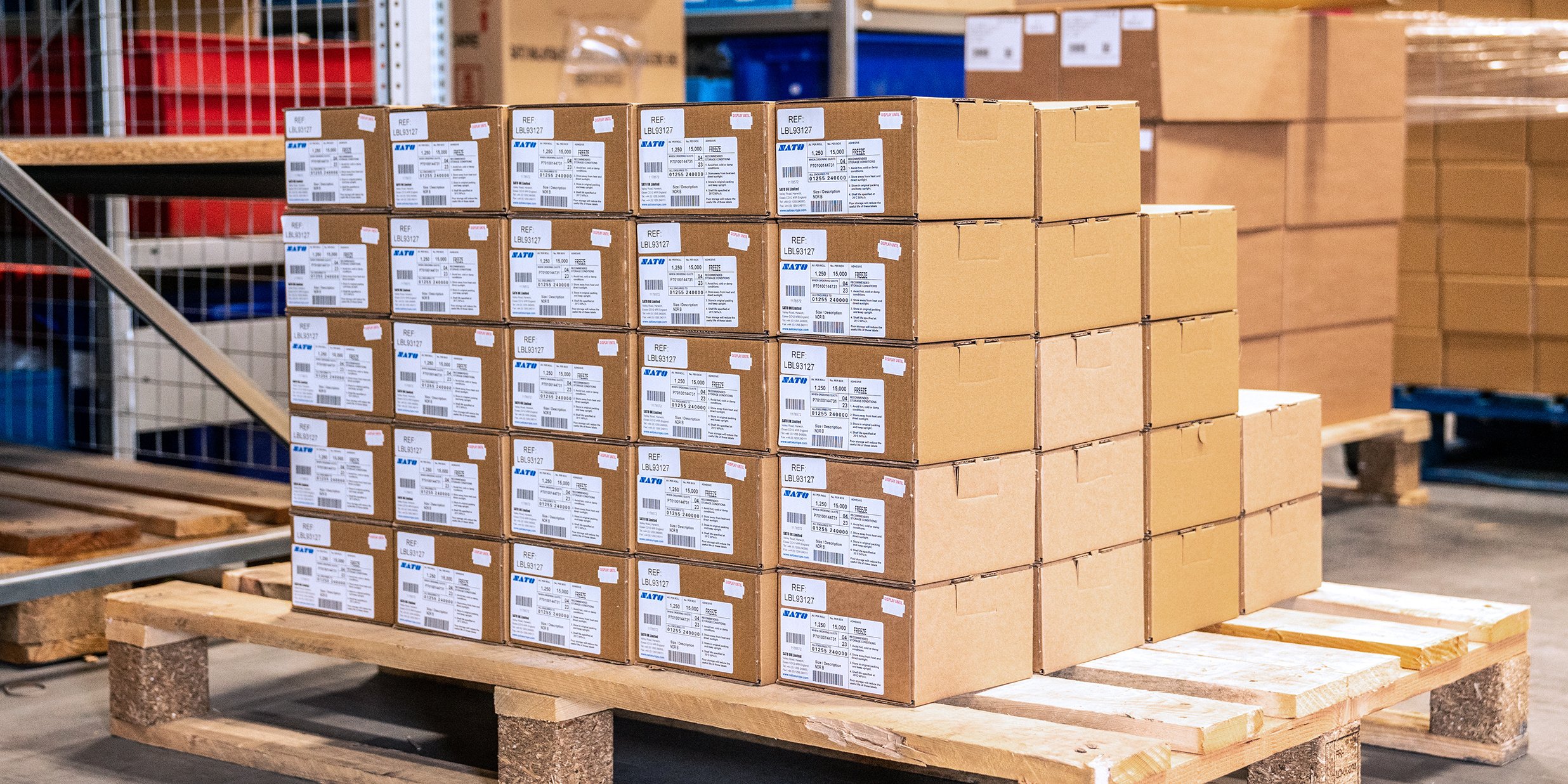As we look towards the future with the advent of artificial intelligence, the imperative for digital transformation in supply chain management has never been clearer. Let's explore how tagging, capturing, and connecting data through advanced network infrastructures can revolutionise supply chain operations and address key challenges in the Australian logistics landscape.
The Integration Impact
When tagging, capturing, and connecting are seamlessly integrated, the results are transformative:
Enhanced Inventory Accuracy:
Real-time tracking reduces stockouts and overstock situations.
Improved Operational Efficiency:
Automated data capture reduces manual errors and speeds up processes.
Better Decision Making:
Access to real-time data allows for agile and informed decision-making.
Cost Reduction:
Optimised operations lead to significant cost savings in the long run.
The Digital Imperative in Supply Chain Management
Recent studies show that technological advancements and more robust data management practices are set to impact supply chains significantly over the next three years. According to KPMG, digital opportunities are reshaping the supply chain landscape, making readiness and visibility paramount to success1. With 53% of Australian organisations planning to increase technology spending by 10-20%, it's clear that digital transformation is no longer optional – it's essential for staying competitive. 
The Australian Supply Chain Landscape
The Australian freight and logistics industry is poised for significant growth, projected to reach USD 94.10 billion in 2024 and expand to USD 113.94 billion by 20293.
However, this growth comes with challenges:
-
Labour Shortages:
The Australian logistics industry has been significantly impacted by labour shortages, with high demand for both high and low-skilled positions. This shortage is exacerbated by the increasing difficulty in attracting and retaining skilled workers, a trend that began during the pandemic and continues to affect the industry today. -
Rising Costs:
The Australian supply chain industry faces rising operational costs, driven by factors such as increased minimum wage, fuel prices, higher freight costs, and general inflation, putting even more pressure on profit margins. -
Supply Chain Resilience:
The COVID-19 pandemic exposed vulnerabilities in global supply chains, highlighting the need for greater resilience and adaptability. Supply chain disruptions can occur due to various factors, including natural disasters, geopolitical events, and market fluctuations. -
Sustainability:
Sustainability is becoming an increasingly important focus for the logistics industry, driven by both regulatory requirements and consumer demand for eco-friendly practices3.
Tag, Capture, Connect: A Comprehensive Solution
SATO, CipherLab, and Allied Telesis have joined forces to offer an integrated end-to-end solution that addresses these challenges:Tag: The Foundation of Visibility
RFID technology has emerged as a game-changer in inventory management. Unlike traditional barcodes, RFID tags do not require line-of-sight to be read, allowing faster and more accurate data collection. This technology enables businesses to achieve real-time visibility into their inventory, significantly reducing errors and enhancing traceability across the supply chain.
SATO offers a range of RFID print-and-encode-capable printers, including their flagship CL4NX Plus industrial printer and Reddot Award-winning CT4-LX desktop printer. When paired with CipherLab's RS38 mobile computer, these technologies enable businesses to tag and track assets efficiently, improving operational efficiency by over 30%.
Capture: Turning Data into Insights
CipherLab's advanced data capture solutions, including mobile computers and barcode scanners, ensure that crucial information is accurately collected at every touchpoint of the supply chain. This granularity means data can be captured in real-time at a very detailed level, such as individual SKUs, locations, and times, which is essential for precise demand planning and inventory management. With access to granular data, businesses can make informed decisions, optimise inventory levels, and reduce the risk of stockouts or overstock situations.
Connect: The Power of Robust Network Infrastructure
Allied Telesis' intelligent wired and wireless network solutions provide the backbone for seamless communication between various supply chain components. Reliable connectivity is crucial for ensuring that data captured by RFID tags and mobile computers is transmitted in real-time to centralised systems where it can be analysed and acted upon immediately. This real-time data transmission allows businesses to quickly identify and respond to disruptions, such as delays or inventory shortages, thereby maintaining operational continuity and resilience4.How SATO, CipherLab and Allied Telesis Integrated Solutions Address Key Industry Challenges
This integrated approach helps address critical challenges facing the Australian supply chain industry:
-
Labour Shortages:
Automation reduces reliance on manual labour, addressing the ongoing talent shortage5. By automating repetitive and labour-intensive tasks, SATO's RFID technology and CipherLab's data capture solutions, connected to a stable wireless infrastructure, help businesses mitigate the impact of labour shortages. Automation allows employees to focus on higher-value tasks, improving job satisfaction and productivity. This addresses the immediate challenge of labour shortages and helps create a more attractive work environment that can aid in employee retention. -
Rising Costs:
Real-time data capture and transmission reduce manual errors and streamline processes, leading to significant cost savings. For example, automated inventory management reduces the need for manual stocktakes, which can be both time-consuming and error-prone. This efficiency translates into lower labour costs, reduced waste, and better resource utilisation, ultimately improving the bottom line. -
Supply Chain Resilience:
The integrated solutions from SATO, CipherLab, and Allied Telesis provide real-time visibility into supply chain operations, allowing businesses to identify and respond to disruptions quickly. For instance, real-time tracking of inventory levels can help businesses avoid stockouts or overstock situations, ensuring that they can meet customer demands even during unforeseen events. Additionally, robust network infrastructure ensures data is transmitted and analysed promptly, enabling swift decision-making and maintaining operational continuity. -
Sustainability:
Improved inventory accuracy reduces overproduction and waste, as businesses can better match supply with demand. Efficient routing and resource allocation, enabled by real-time data and robust connectivity, minimise unnecessary transportation and energy consumption. Additionally, the use of digital technologies reduces the reliance on paper-based processes, further contributing to environmental sustainability5. By optimising operations, businesses can reduce their carbon footprint and contribute to a more sustainable supply chain.
Preparing for the Future
As we look towards CeMAT Australia 2024, it's clear that businesses need to prioritise their digital transformation efforts. The integrated solutions offered by SATO, CipherLab, and Allied Telesis provide a comprehensive approach to supply chain digitalisation, enabling businesses to tag, capture, and connect data effectively.
Don't miss this chance to stay ahead of the curve. Visit SATO, CipherLab, and Allied Telesis at CeMAT Australia 2024, booth #305, and discover how our integrated solutions can help you build a smarter, more efficient supply chain for the future.
Source: 1KPMG, 2Capterra, 3Mordor Intelligence, 4Forbes - The Importance of Real-Time Data, 5Forbes - Beyond Barcodes





Comments